This week is Tuvalu language week and the theme is “Tuvalu tau gana ko tou lagaifakalaga Tuvalu, your language keeps your culture and identity afloat”. Curators from the Pacific Cultures team are highlighting key Tuvalu artefacts and stories from Te Papa’s collections.
It is busy at Te Papa right now, with tours for visitors of the exhibition WOW factor:25 years in the making coinciding with an influx of people to Wellington for the World of Wearable Art™ show also on this week. In order to chime in on the festive atmosphere we thought we’d offer a Tuvalu angle on the idea of garments as art…wearable art.
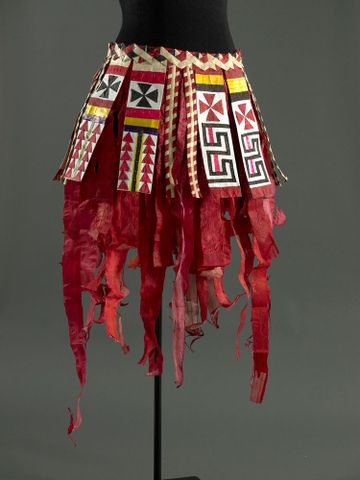
In some Pacific islands, a dance costume can demonstrate as much flair and artistry as the dance itself. The makers of dance costumes are artists in fibres and textures, combining natural materials like leaves and seeds with imported and manufactured goods such as beads or cloth. They often combine indigenous design with new materials, creating costumes that are strikingly simple or wonderfully elaborate.
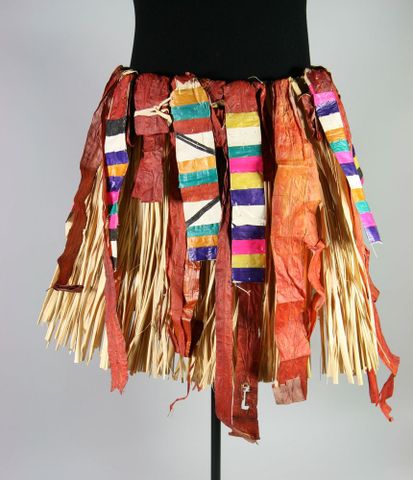
Some costume makers gather materials from their local environment, selecting plants for their appearance or symbolic value. They may choose flowers or shells found only in certain locations. Some materials require careful preparation, while others can be used in their natural state. Then they might combine these natural materials with Velcro fastening, plastic, raffia, or synthetic beads. The colours used in a costume might indicate status, or membership of a group such as a village, school or church. Sometimes national colours are used. But choice of colour can also reflect the personal preference of the maker.
Titi tao (skirt) click to enlarge
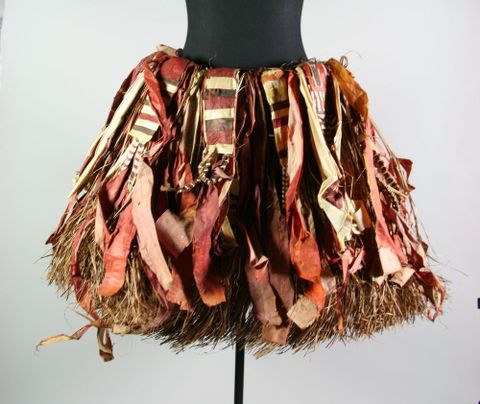
Eye-catching designs and bright colours can often be found on titi (dance skirts) from Tuvalu. Titi often blend natural local materials with imported products. The wide strips of these skirts are sometimes made from pandanus leaves wrapped in white paper, with bold geometric motifs sewn on top. The narrow strips of the skirt are made from leaves, both naturally coloured and dyed. All the strips are attached to a decorative waistband of plaited leaf. Women can wear titi over a fabric dress, with accessories such as a headband, armbands, and wristbands made from a variety of materials. Its wearable art, Tuvalu style.
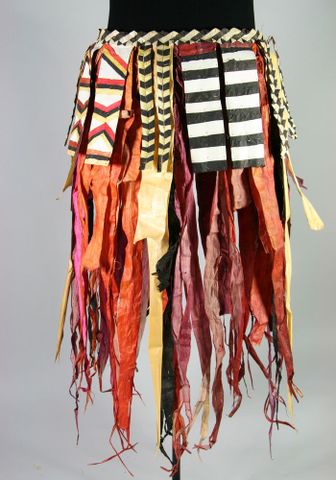
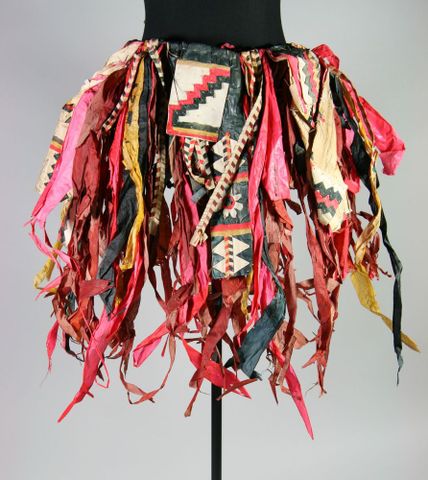
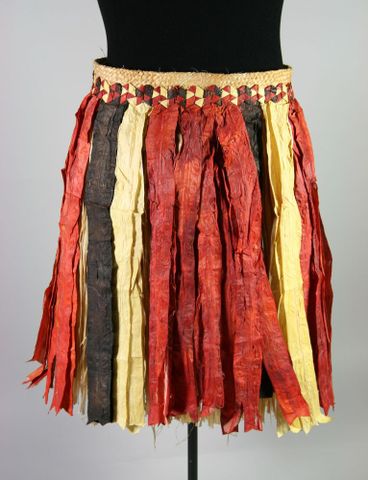
You can watch some titi in action in a fatele dance from the island community of Nukulaelae performed on Funafuti, Tuvalu in 2008.

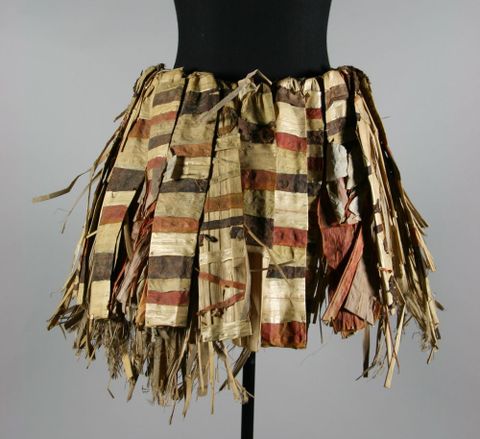


Good morning,
Where can I shop for Tuvalu skirt Fatele costume
I think this site is awesome…I was introduced Tuvalu visiting Fiji and watching the dances at USP open day….I really love their costume and dances..i wanted to teach the kids I work with at church but been trying to see what I can use to make the costume being that we don’t same supplies they do on an island….I also been trying to do more research learning more about Tuvalu rather than just learning a dance I think its important for the children to know some background…thanks for the pics.
Thank you for your comment Fehi and for reading the blog. Be sure to watch out in coming weeks for our Tuvalu language week quiz.